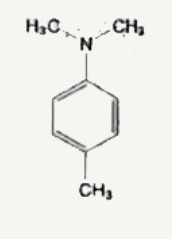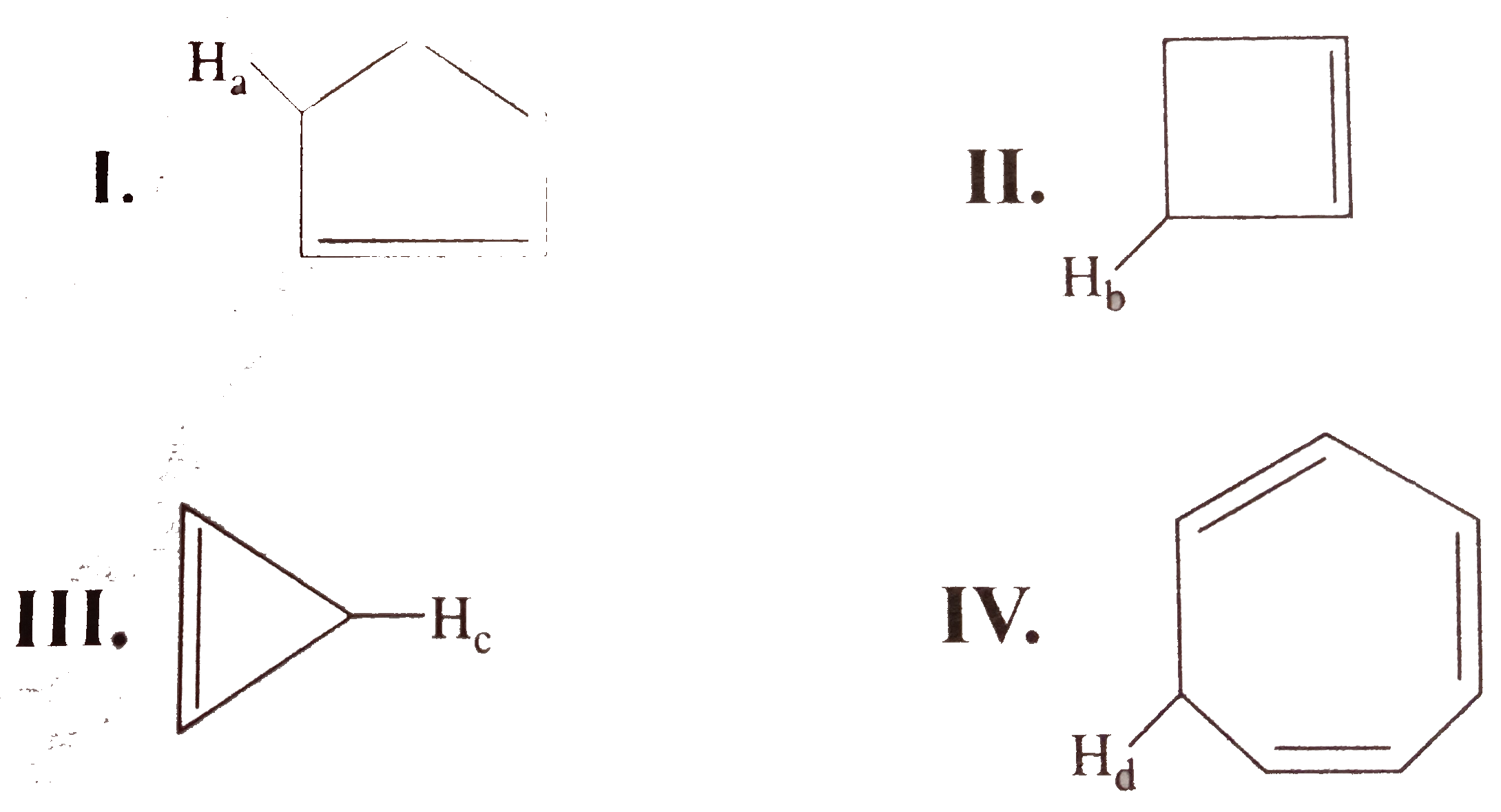Which of the following has lowest pKa value ?
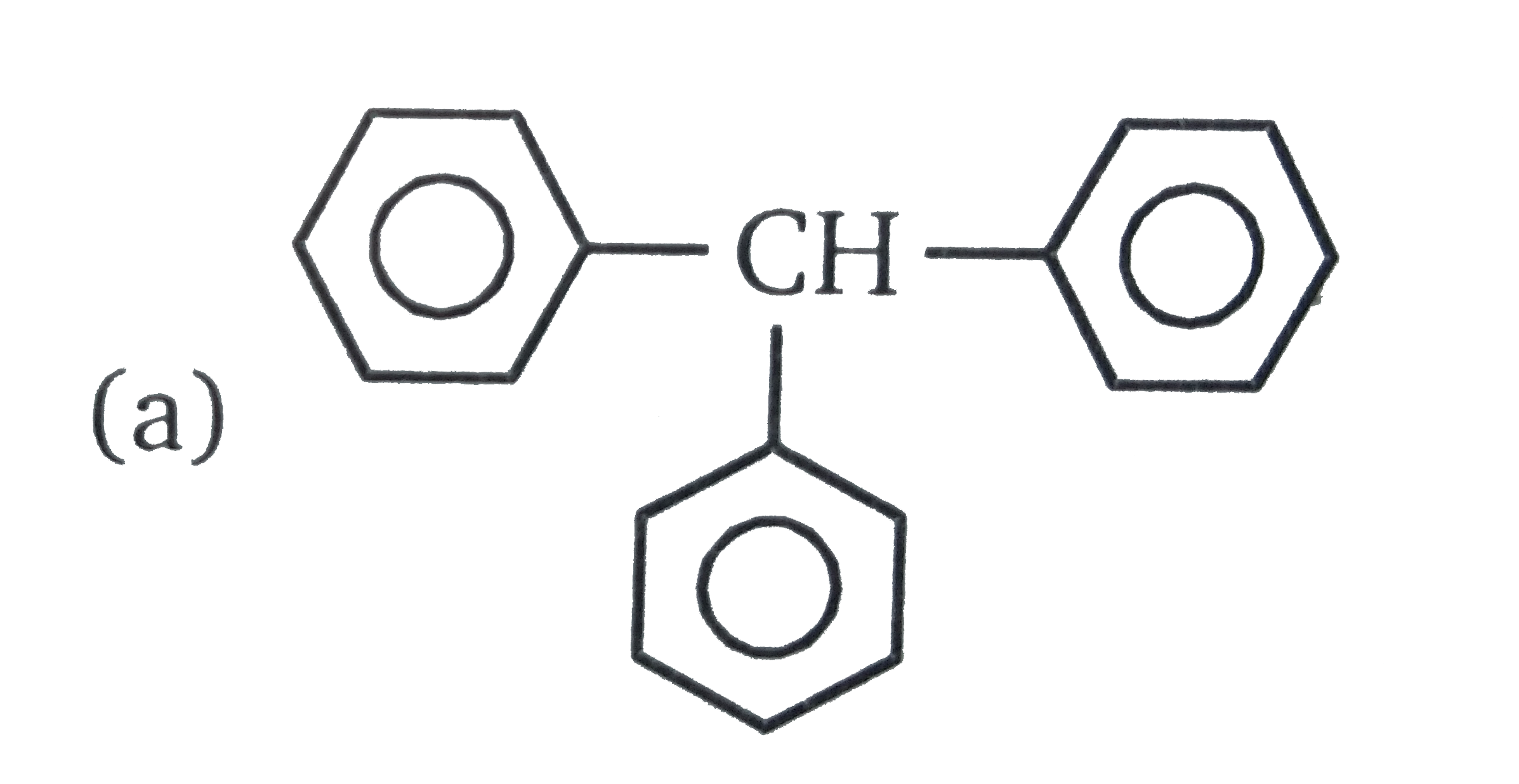
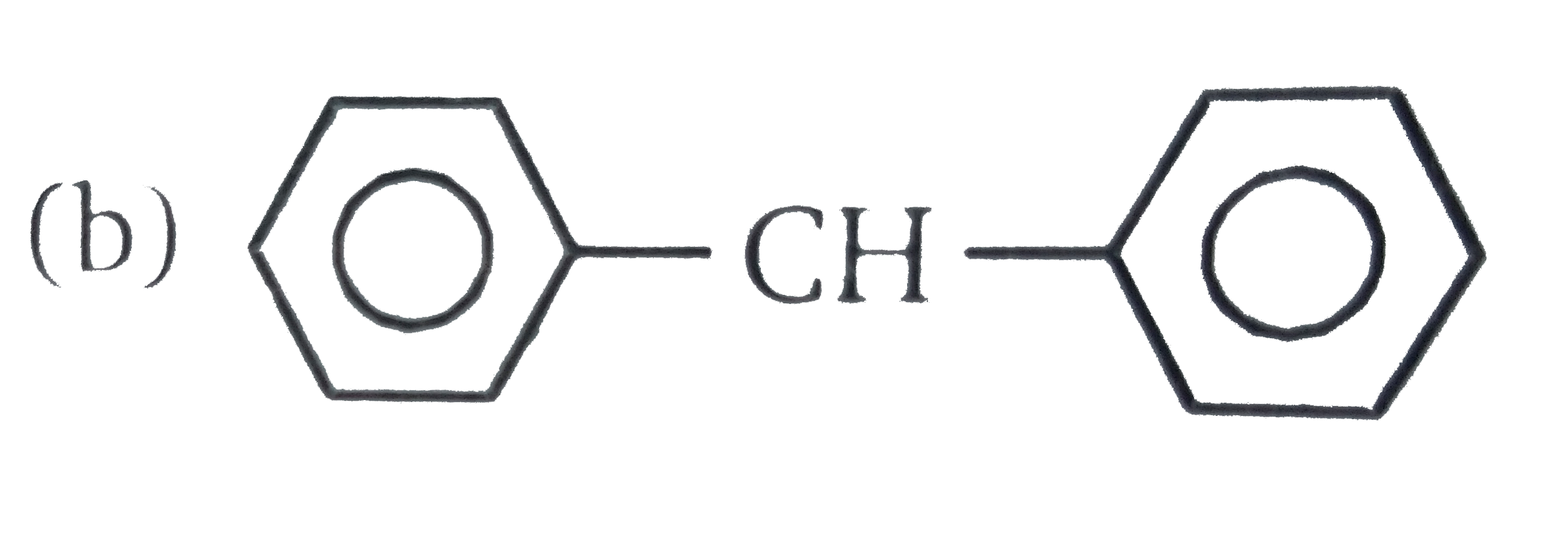
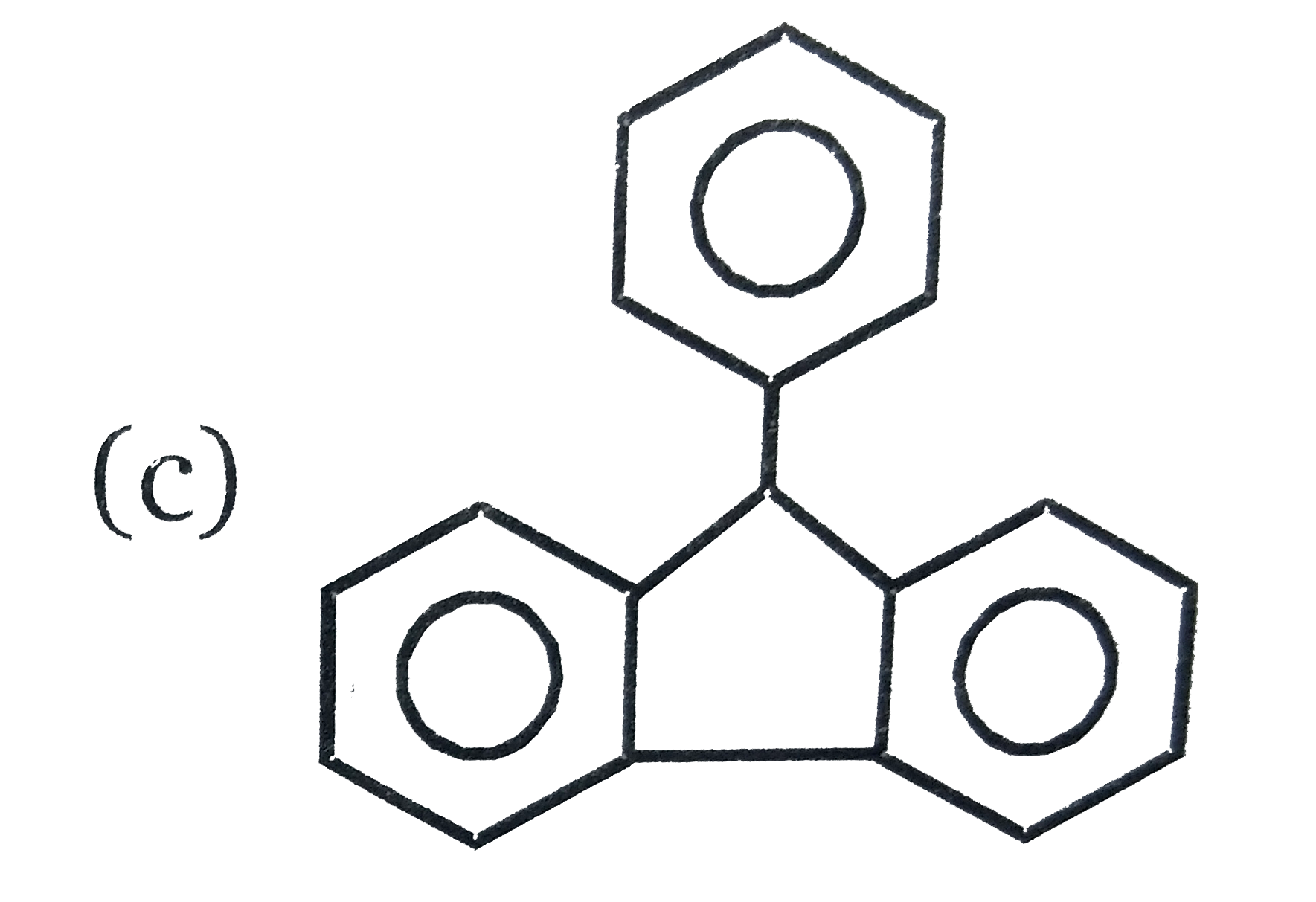

The correct Answer is:D
To determine which of the given compounds has the lowest pKa value, we need to analyze the acidity of each compound based on the stability of the resulting conjugate base after deprotonation. The lower the pKa value, the stronger the acid.
1. Understanding pKa and Acidity:
- pKa is a measure of the strength of an acid; lower pKa values indicate stronger acids.
- Acidity can be assessed by two main factors: the ease of losing a proton (H⁺) and the stability of the resulting conjugate base.
2. Analyzing Each Compound:
- For each compound, we will consider the structure and the stability of the conjugate base formed after losing a proton.
- The more stable the conjugate base, the stronger the acid, and thus the lower the pKa value.
3. Compound A:
- When the acidic hydrogen is removed, a negative charge is formed on a carbon atom that is involved in resonance with two double bonds.
- This provides some stability to the conjugate base, but not as much as other compounds.
4. Compound B:
- The conjugate base formed here also has resonance with two benzene rings.
- This increases the stability of the conjugate base compared to Compound A.
5. Compound C:
- The conjugate base can resonate with three benzene rings, providing more stability than both A and B.
- The increased resonance contributes to a lower pKa value.
6. Compound D:
- The conjugate base formed here can resonate with four benzene rings, leading to the highest stability among all the compounds analyzed.
- This extensive resonance significantly stabilizes the negative charge, indicating that this compound is the strongest acid.
7. Conclusion:
- After analyzing the stability of the conjugate bases formed from each compound, we find that Compound D has the most stable conjugate base due to its ability to delocalize the negative charge over four benzene rings.
- Therefore, Compound D has the lowest pKa value and is the strongest acid among the options provided.
Final Answer:
The compound with the lowest pKa value is Compound D.
- pKa is a measure of the strength of an acid; lower pKa values indicate stronger acids.
- Acidity can be assessed by two main factors: the ease of losing a proton (H⁺) and the stability of the resulting conjugate base.
- For each compound, we will consider the structure and the stability of the conjugate base formed after losing a proton.
- The more stable the conjugate base, the stronger the acid, and thus the lower the pKa value.
- When the acidic hydrogen is removed, a negative charge is formed on a carbon atom that is involved in resonance with two double bonds.
- This provides some stability to the conjugate base, but not as much as other compounds.
- The conjugate base formed here also has resonance with two benzene rings.
- This increases the stability of the conjugate base compared to Compound A.
- The conjugate base can resonate with three benzene rings, providing more stability than both A and B.
- The increased resonance contributes to a lower pKa value.
- The conjugate base formed here can resonate with four benzene rings, leading to the highest stability among all the compounds analyzed.
- This extensive resonance significantly stabilizes the negative charge, indicating that this compound is the strongest acid.
- After analyzing the stability of the conjugate bases formed from each compound, we find that Compound D has the most stable conjugate base due to its ability to delocalize the negative charge over four benzene rings.
- Therefore, Compound D has the lowest pKa value and is the strongest acid among the options provided.
The compound with the lowest pKa value is Compound D.
Topper's Solved these Questions
- BOOK - MS CHOUHANCHAPTER - GENERAL ORGANIC CHEMISTRYEXERCISE - LEVEL- 11videos
GENERAL ORGANIC CHEMISTRY
- BOOK - MS CHOUHANCHAPTER - FAMILIES OF CARBON COMPOUNDS: FUNCTIONAL GROUPS AND INTERMOLECULAR FORCES EXERCISE - ADDITIONAL OBJECTIVE QUESTIONS ( Matrix Match Type )4videos
FAMILIES OF CARBON COMPOUNDS: FUNCTIONAL GROUPS AND INTERMOLECULAR FORCES
- BOOK - MS CHOUHANCHAPTER - GRIGNARD REAGENTSEXERCISE - Level 1 (Q.61 To Q.66)1videos
GRIGNARD REAGENTS
Similar Questions
Knowledge Check
- Question 1 - Select One
Amines are basic in nature due to the presence of lone pair of electrons on N atom of −NH2 group. The basic strength of amines can be expressed by their dissociation constant, Kb or pKb.
RNH2+H2→RNH+3+OH−
Kb=[RHH+3][OH−][RNH2] and pKb=−logKb
Greater the Kb value or smaller the pKb value, more is the basic strength of amine. Aliphatic amines are stronger bases than ammonia due to the electron releasing effect of alkyl groups. The basic strength among amines decreases as :
2∘>1∘>3∘
Aryl amines such as aniline are less basic than aliphatic amines due to the involvement of lone pair of electrons on N atom with the resonance in benzene. In derivatives of aniline, the electron releasing groups increase the basic strength while electron withdrawing groups decrease the basic strength. The base weakening effect of electron withdrawing group and base strengthening effect of electron releasing group is more marked at p-position than at m-position. Every o- substituted aniline is less basic than aniline due to ortho effect.
Which of the following has lowest pKb value ?A B
B C
C D
D
- Question 2 - Select One
Which of the following has the lowest pKa value?
ACH3−CH2−O∣∣C−OHBCH2=CH−O∣∣C−OHC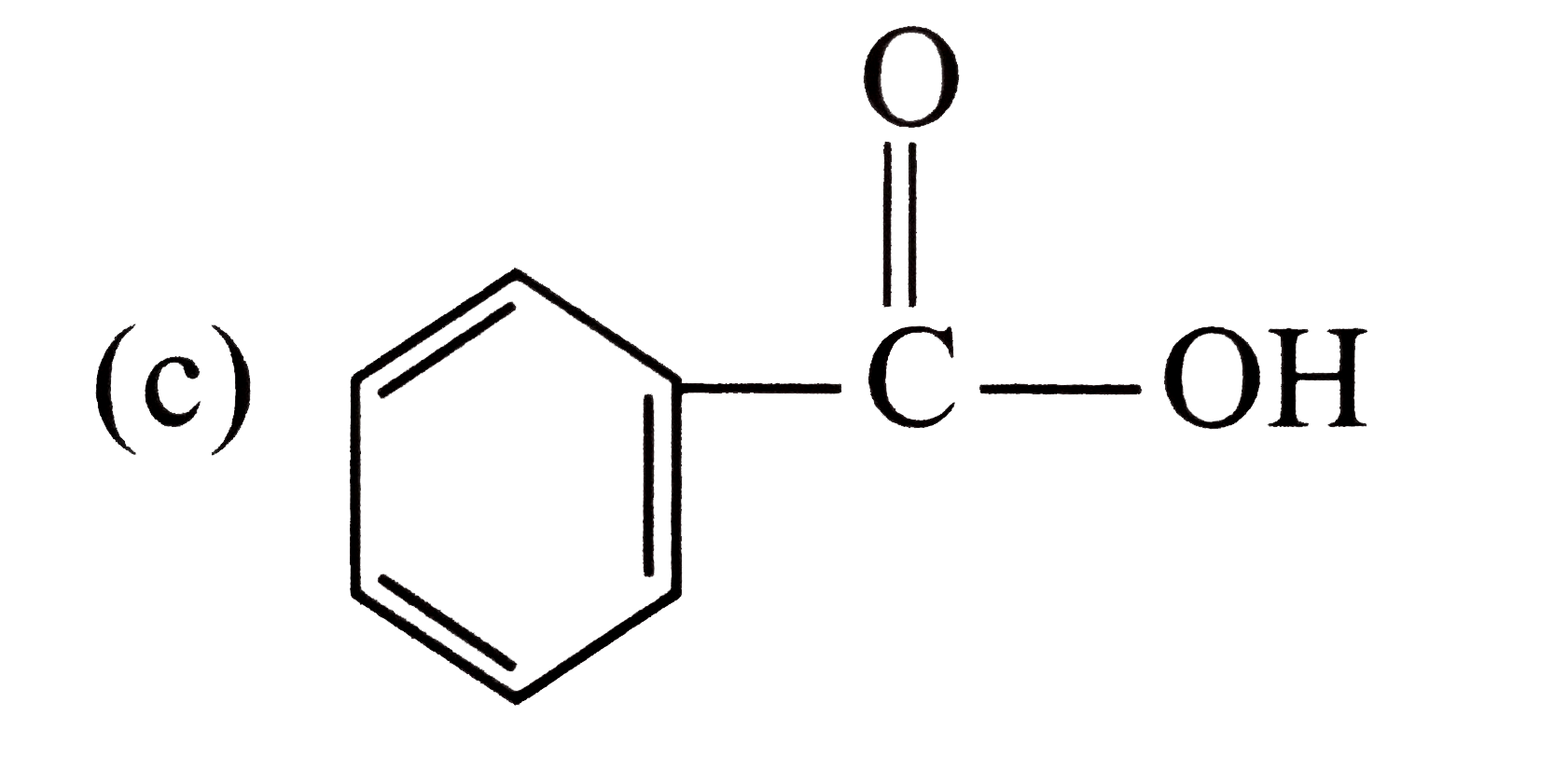 DH−C≡C−O∣∣C−OH
DH−C≡C−O∣∣C−OH - Question 3 - Select One
Which of the following has least pkb, value?
A B
B C
C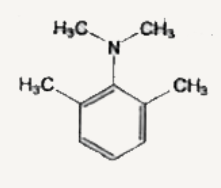 D
D